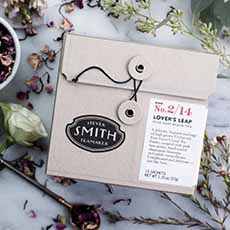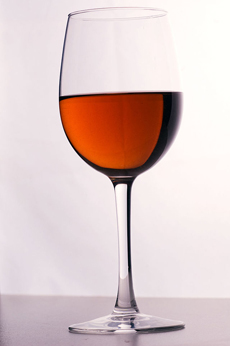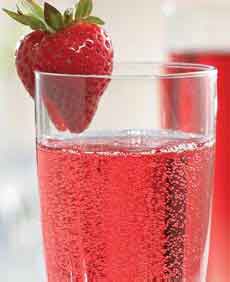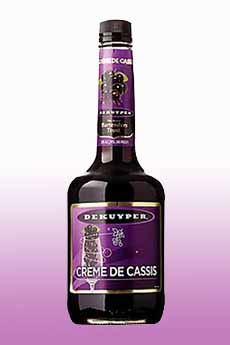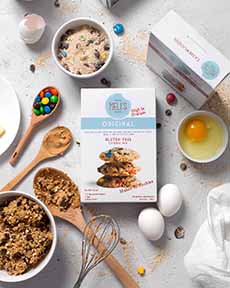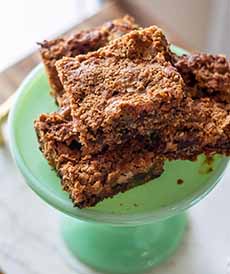|
January 25th, 2020 begins the Lunar New Year (a.k.a. Chinese New Year, but it’s celebrated in many other Asian countries). It lasts for 15 days.
The recipe for yusheng is below. But first:
We were chatting the other day that it’s the Year Of The Rat, an animal which does not evoke pleasant thoughts.
So we looked it up. It turns out that the Chinese word shǔ may refer to a rat, mouse, or other muroid. It’s all in the translation.
What’s a muroid?
It turns out that Muroidea are a superfamily of rodents. It includes including gerbils, hamsters, mice, rats, voles and many other relatives.
Here’s more about them.
And here’s more about the Year Of The Rat.
If you’re not happy about living in—or being born in—the Year Of The Rat, pick something that isn’t threatening: a cute gerbil or hamster, for example.
FOOD FOR THE LUNAR NEW YEAR
Whatever your muroid of choice, we’d like to introduce you to a special dish made for the Lunar New Year: yusheng.
The dish is considered a symbol of abundance, prosperity and vigor (here’s more about it).
While it has other names depending on dialect, yusheng translates to “Prosperity Toss,” a Cantonese-style raw fish salad. Sushi lovers, pay attention!
Facai yusheng means “prosperity raw fish salad.”
Xinnian yusheng means “Chinese New Year raw fish salad.”
Yusheng is Mandarin; Yee-sang is the Cantonese equivalent.
The dish usually consists of strips of raw fish, mixed with shredded vegetables and a variety of sauces and condiments. You can create a vegan version with vegan salmon.
Here’s the significance of each of the ingredients in Asian culture.
While some versions simply toss all the ingredients together, in the manner of coleslaw. Some cooks build a tower in colored layers, alternating the different vegetables. As people serve themselves, the tower will collapse into a mix of colored strands.
Some of today’s cooks create culinary art, as you can see in the photos.
It can be anything from a dazzling array of artistry to what looks like a festive sashimi platter to plates with some shredded vegetables molded into pandas and teddy bears (a way to get children to eat their vegetables?).
Some artists mold the vegetables into the zodiac animal, as in the [cute] rat in photo #3.
RECIPE: HOW TO MAKE YUSHENG AT HOME
So use your vegetable shredder to shred any fruits or veggies that add to the display of colors and flavors.
SECTION a red pomelo, grapefruit or oranges, as shown in photo #1, or fruit of choice.
ADD spices of choice. Cinnamon powder, pepper and other spices like Chinese Five Spice usher in wealth and prosperity.
GARNISH with whatever you like: chopped cashews or peanuts, cilantro, slices of the green part of a scallion, even hot chiles.
DRIZZLE oil over your creation if you like. We prefer to provide a dressing on the side: a mixture of rice wine vinegar and olive oil. If you have dark sesame oil, add just a touch to taste: It’s potent.
PLACE whatever condiments you have on the table: hoisin sauce, soy sauce, red chile flakes, etc.
SERVE with Asian rice crackers, preferably the small squares or a party mix.
THE HISTORY OF YUSHENG
|
|

[1] Yusheng: sashimi grade salmon and shredded vegetables. The dish includes pink pomelo (substitute red grapefruit) plus shredded carrot, cucumber, daikon, pickled ginger and yam Here’s the recipe from Evi Abeler | Food & Wine (photo © Evi Abeler).

[2] This version includes different slices of fish: Condiments include plum sauce and toasted-sesame oil, plus Chinese five-spice. Crackers, nuts and seeds are added for crunch (photo © Open Rice).

[3] The Year Of The Rat, commemorated in yusheng. See more clever ideas at Elle Magazine | Singapore (photo © Elle).

[4] Chinese Five Spice can be used in all types of cuisines (photo © McCormick)
|
While versions of yusheng are thought to have existed in China, the contemporary version was created in the 1960s in the Chinese community of Malaysia. It became a Chinese New Year favorite in Malaysia, Indonesia and Singapore.
Some say the Singaporean version was invented by a Malaysian named Loke Ching Fatt in Seremban, Malaysia in the 1940s;
Today, restaurants serve a deluxe version, qicai yusheng, seven-colored raw fish salad. You might mistake it for a deluxe sashimi platter, with several different types of fish.
The current thought is that seven-colored raw fish salad was to created in the 1960s by chefs Lau Yoke Pui, Tham Yui Kai, Sin Leong and Hooi Kok Wai, together known as the Four Heavenly Kings on the Singapore restaurant scene [source].
Here are more yusheng traditions.
Nian nian you yu (abundance through the years).
CHECK OUT WHAT’S HAPPENING ON OUR HOME PAGE, THENIBBLE.COM.
|



